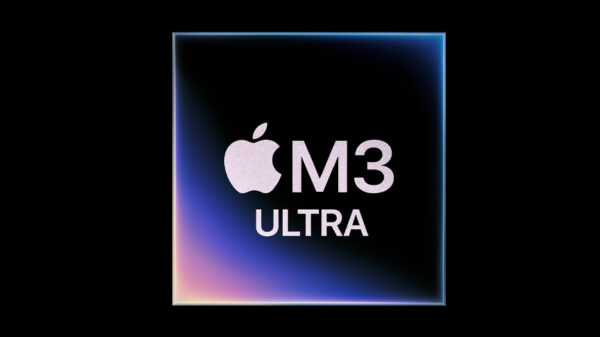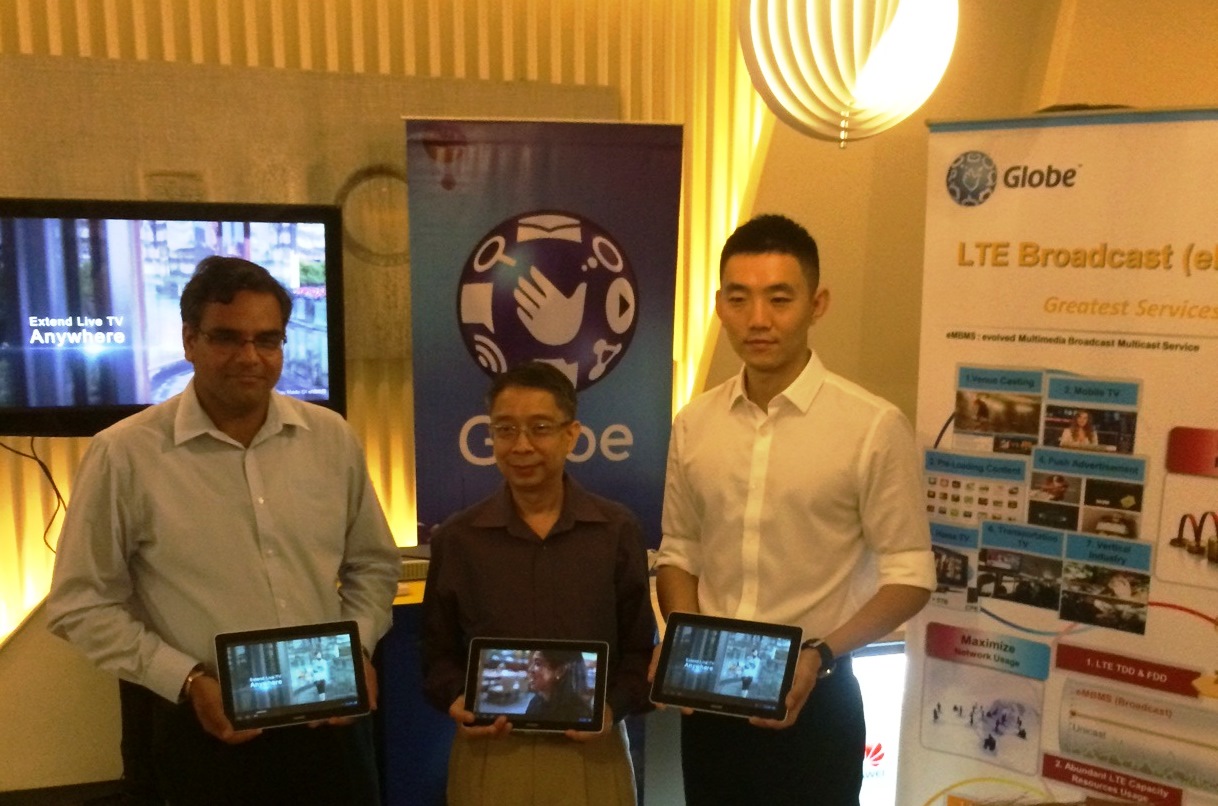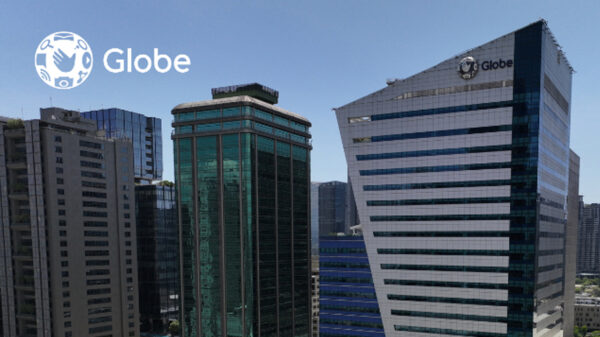Globe Telecom is set to roll out two Long Term Evolution (LTE) technologies namely, LTE CA (Carrier Aggregation) and LTE eMBMS (evolved Multimedia Broadcast Multicast Service) or LTE Broadcast next year to improve its wireless broadband network’s data rates and broadband capacity.
“We’re looking at implementing these technologies within 2015 and these will be deployed in areas where there is demand so services will be fully enjoyed,” said Emmanuel Estrada, Globe Telecom’s Head of Network Technologies Strategy.
Estrada notes that Globe will spend a total of about P9-billion for the enhancement of these LTE technologies for the period of two to three years. This amount, which is equivalent to 80% or 90%, is part of the company’s newly-issued P10-billion preferred shares.
Designed to provide higher data rates to subscribers, LTE CA is the combination or aggregation of spectrum bands into one to achieve faster speeds and as required by users, can add capacity as more and more content goes into the network. It dramatically increases efficient utilization of frequencies, enabling mobile operators to use non-contiguous blocks of spectrum in multiple frequency bands to achieve higher bandwidths.
Estrada said that LTE CA technology would translate to improved data rates and broadband capacity for Globe wireless broadband network and result to high-speed mobile data access. This helps address the demand for data-heavy multimedia applications which are becoming more and more popular. This means that Globe customers will experience faster data connectivity in areas where this will be implemented as LTE CA becomes commercially available in the near future.
LTE CA has an average throughput of around 220 megabits per second (Mbps) with a total 20 megahertz (MHz) of spectrum. According to Estrada, initial tests conducted by Globe in April this year showed a maximum speed of up to 230 Mbps.
The LTE Broadcast or eMBMS, on the other hand, paves the way for the efficient delivery of video and multimedia services over a telco’s LTE network. Globe is currently conducting tests for this technology.
The LTE Broadcast enables the transmission of live video contents to a large number of users without using huge amount of network resources. The technology enables a more efficient use of a mobile operator’s bandwidth resources, allowing customers to enjoy seamless video services in a wireless communication network,” Estrada said.
Estrada noted that LTE eMBMS will be commercially available within 2015 in select areas.
According to Ashish Pilani, Globe’s Senior Advisor for Product Planning, the mobile video service is useful in sharing real-time traffic and weather information and in emergency situations as well. Live games and replays can be seen through different angles using the eMBMS technology.
For mobile live TV watching on smartphones and tablets, LTE eMBMS works by simply downloading its Live TV Apps and also by using an eMBMS capable device or smartphone.
“The technology delivers the same content to audiences in areas where there is aggregation of people,” said Pilani.
Pilani also said the technology caters to no particular sector but across the entire customers.
Estrada, on the other hand, noted that the crucial part is that the number of devices that currently supports the technology is limited. “We can have the network but if the devices are not available, the customers will not enjoy the technology,” he said.
Pilani said that they are now looking at working with different content providers around the world. “We welcome new partners with regards content.”

Globe showcases their LTE-CA technology with speeds of up to 220 Mbps and the new LTE Broadcast (eMBMS) in a demo led by Globe Head for Network Technologies Strategy Manny Estrada and Senior Advisor for Product Planning AshishPilani together with Huawei Senior Account Manager Jordy Cao. IMAGE CREDIT: GLOBE TELECOM

















































































































